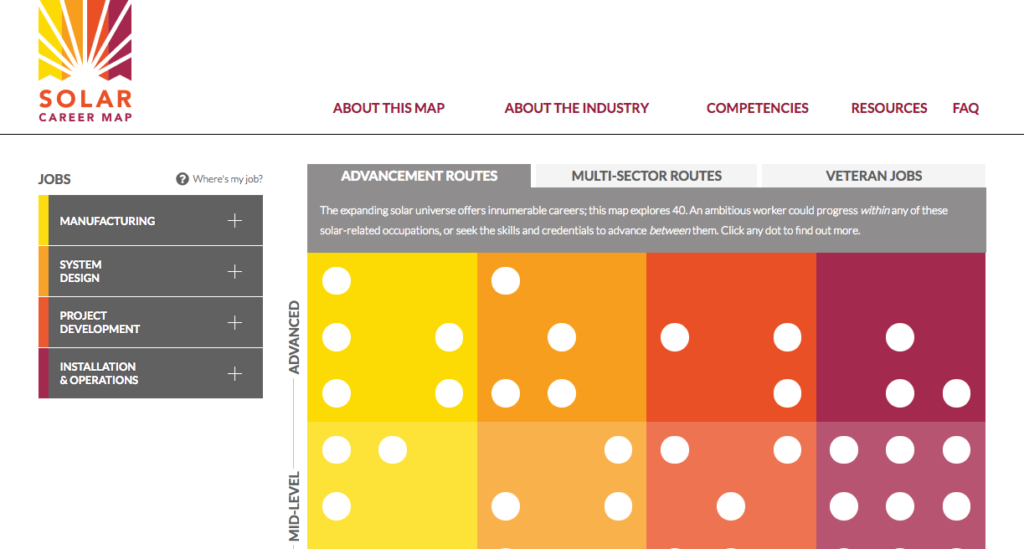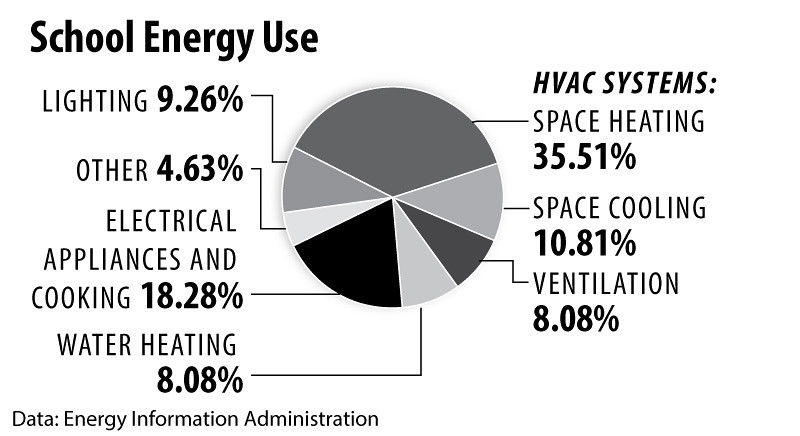For a century or more, the United States has led the world in producing creative inventors and entrepreneurs, from Thomas Edison to Henry Ford to Bill Gates. Innovators like those have helped make new technology, from cars to solar panels, affordable to millions of Americans.
But are we giving today’s young people the exposure to new technology they need to become the innovators of tomorrow?
Don’t Know Nothin’ Bout Geometry
When it comes to education in science, math and technology — abbreviated as STEM — America has started falling behind other industrialized nations. We now rank 25th in mathematics and 17th in science, according to the U.S. Department of Education.
That’s a problem. But there is a solution: Start engaging young people with technology in ways that they find fun and exciting. And solar power and other clean energy are a big part of getting America’s youth into STEM subjects, says the U.S. Department of Energy:
STEM-literate workers are the engineers who design solar panels, wind turbines, and improved advanced manufacturing techniques. Computer programmers develop software to solve problems and increase the energy efficiency of buildings and industrial plants. Statisticians can spot energy consumption trends and predict future peak demand, while chemists can create enhanced materials.
“And it all starts with teaching STEM topics to students,” they conclude. But anybody who remembers their calculus or organic chemistry classes from high school knows that it’s not always easy to help young people take an interest in science, math and tech.
Clean Energy Competitions
The Department of Energy thinks that getting youth into clean energy offers an exciting path into science, math and tech in general. They encourage educators to use games and hands-on activities that make STEM learning fun. That’s why they run several competitions for young people every year, including the the Collegiate Wind Competition and the EcoCAR3 Challenge.
Our favorite is the Solar Decathalon, which challenges teams of college students from around the country to build full-size houses completely run on solar power. This year’s competition will be held in Denver at the beginning of October. You can get a sneak preview of the home designs on their website and the video below shares some of the excitement of this world-famous competition.
Science Projects and Energy Awards for Kids
For younger kids, the National Energy Education Development Project helps K-12 teachers raise the energy literacy of their classrooms.
For teachers, the group offers lesson plans and teaching materials. For students, there are science fair project ideas, games and interactive activities and even student leadership opportunities, including a youth energy conference with awards for the top student projects. Most materials and services seem to be free of charge.
I like the graphics they make available to teachers and students. Some of them are about solar and clean energy and others are just about energy in general. This one, for example, shows students how schools like theirs use energy every day:
Help Finding Careers in Clean Energy
Finally, for young people finishing school, a helpful resource is the Solar Career Map. I often get the question from a young person just getting out of high school or college, How can I get started in solar?
A good start would be to check out the different kinds of careers offered by solar companies like ours in installation, and also by other types of solar companies in manufacturing and design.
The Solar Career Map is an interactive image. When you roll over a dot on any part of the map, the name of the job pops up with a short description.

The map lists careers at three levels, from entry to advanced. For example, in the field of solar installation and operations, you’ll find careers at each level:
- Entry Level — Solar Assembler/Basic Installer
- Mid-Level — Solar Crew Chief, Solar Project Manager, Solar Service Technician
- Advanced — Solar Installation Contractor, Solar Fleet Manager
With these kinds of resources available anywhere, anytime on your phone, it’s easier than ever to start getting young people involved in solar and other kinds of clean energy. Knowing more about energy today will make our young people better prepared for the careers of the future. And it may also help them do better in those science and math courses.
And if you know a young person or anyone else who’d like to know more about practical solar power at home, then download our free ebook with some of the most common questions — and clear, interesting answers for each.
— Andrew Brenner, Main Street Solar






